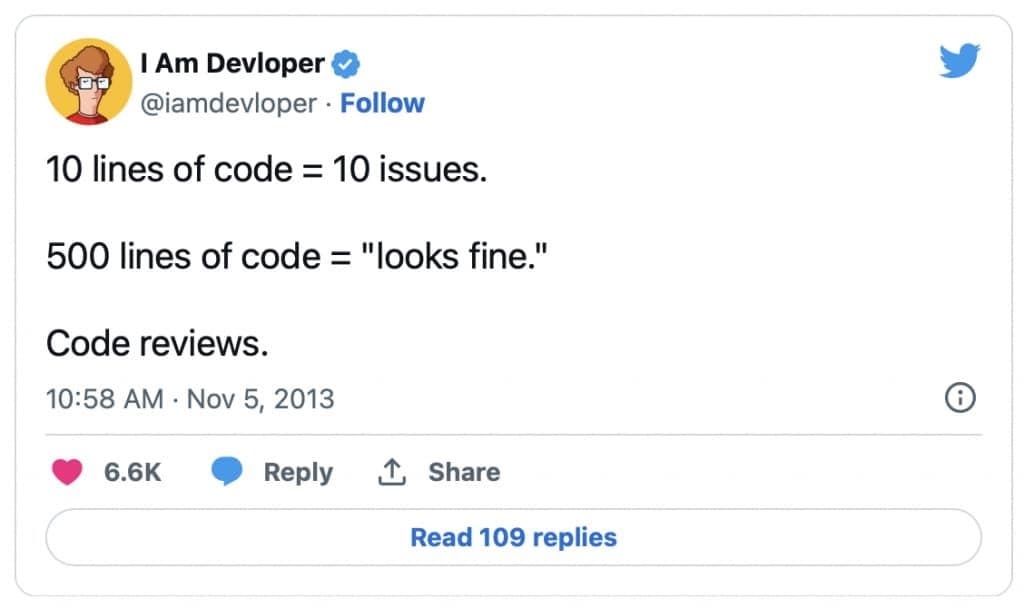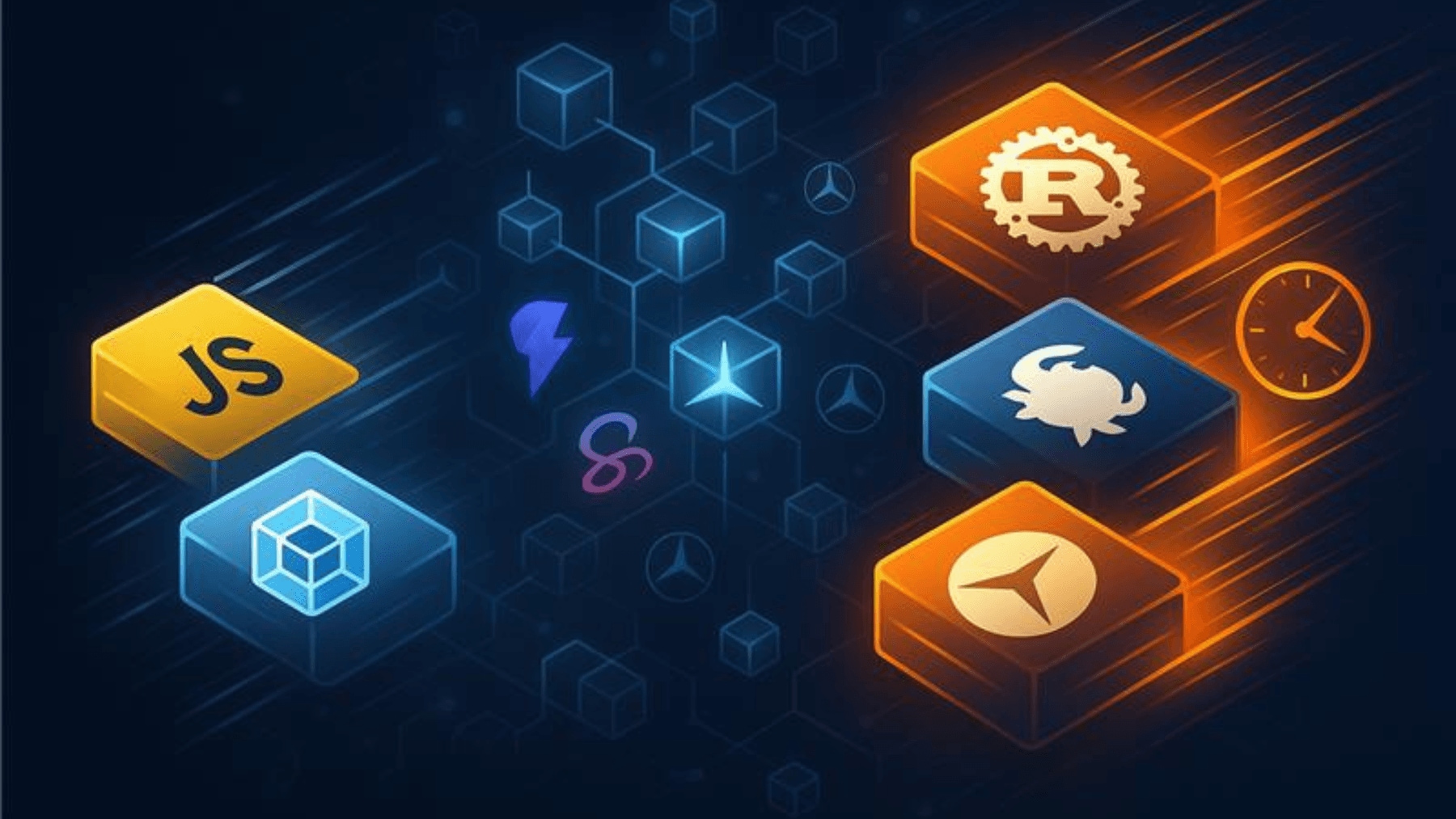
6 Reasons Why You Should Enjoy Reviewing Pull Requests
This article was originally published by Raphael Marques on Medium.
Reviewing Pull Requests (PRs) can be a tedious and dull task, especially when you have other tasks on your to-do list. However, it’s also one of the most efficient ways to maintain the quality of your codebase, improve your knowledge, and help your colleagues.
Photo by Christin Hume on Unsplash
The key to making tedious tasks interesting is to have a good reason for doing them. That’s why I’ll give you six reasons why you should enjoy reviewing PRs:
1 — Help new joiners and junior members
Showing new team members how you maintain your codebase by reviewing their PRs can help them understand your practices and standards, the same happens for junior colleagues.
2 — There’s more than one way to solve a problem
Reviewing your colleagues’ PRs can provide you with new perspectives on how to solve problems. Even if their approach is not what you would have done, it can still be a valuable addition to your toolbox. Keep an open mind and be pragmatic.
3 — Avoid the “Looks good to me” (LGTM) mentality
Instead of just giving a quick LGTM comment, take the time to provide good feedback. Even if you think there’s nothing to improve, try to find something interesting to highlight about their code. If you find something wrong, be kind and straightforward, explaining why you think it’s wrong and offering potential solutions.
4 — Keep your Pull Requests small
Breaking down your code changes into smaller chunks will make it easier for your peers to review them. This approach will help you catch any potential bugs, code smells, or duplication. It’s collaborative work, so making it easier for everyone involved will benefit the team in the long run.

At first glance, it doesn’t make much sense, since “more code, more issues, right?” However, when we’re faced with a large amount of code to review, we tend to overlook important details, such as potential bugs, code smells, and duplication, which can make our PR reviews less effective.
5 — Review your own Pull Requests
Before asking for others to review your code, review it yourself. Take a break and come back to it with fresh eyes. Check for any unnecessary code, such as console.log or forgotten commented code. Highlight any decisions you’re unsure about, so the reviewer knows to pay extra attention.
6 — Take your time
Reviewing PRs requires careful attention to detail. Take it slow and read every line of code. Don’t hesitate to ask questions if you’re unsure about something. Remember, there are no stupid questions. The most important thing is to keep the codebase and the team sharp.
Conclusion
In conclusion, as mentioned before, reviewing PRs may seem like a tedious and dull task, but it is an essential part of maintaining the quality of your codebase and building a stronger team. By taking the time to review PRs thoroughly, you can help new team members, gain new perspectives, provide valuable feedback, and improve the overall code quality. This collaborative effort not only benefits the team but also contributes to personal growth by developing a deeper understanding of best practices and standards. Therefore, reviewing PRs should be an enjoyable and fulfilling task that is worth the investment of time and effort.
This article is written by Raphael Marques.
Related articles

Catarina Marques, Mariana Pereira
What OFFF Barcelona Taught Us About Design, Emotion, and Creative Risk
Every year, OFFF Barcelona gathers some of the boldest, brightest, and most unapologetically creative minds in the design world. It’s a space where visual artists, designers, and storytellers connect; not just through stunning work, but through the philosophies and emotions behind it.
May 30, 2025

Bernardo Oliveira
How can modern tooling save Mercedes-Benz.io engineering time?
In today's fast-evolving JavaScript ecosystem, modern tooling plays a pivotal role, influencing not just how we code but how much time and money we spend doing it.
May 16, 2025

Porfírio Ribeiro, Thiago Martins
What Vue.js Amsterdam Taught Us About Tech, Community, and Growth
Every year, Vue.js Amsterdam gathers developers from around the world for two days of talks, learning, connection, and lots of fresh energy. It’s a chance to zoom out from day-to-day tasks and dive into what’s shaping one of the most loved JavaScript frameworks — and this year, a few of our MB.ioneers were there to experience it firsthand.
May 9, 2025